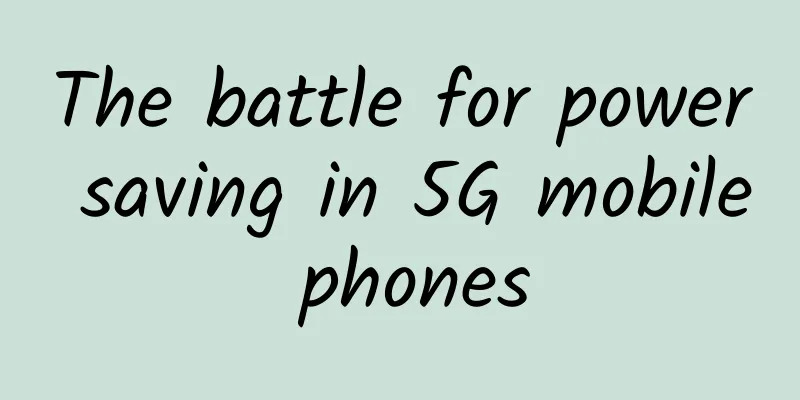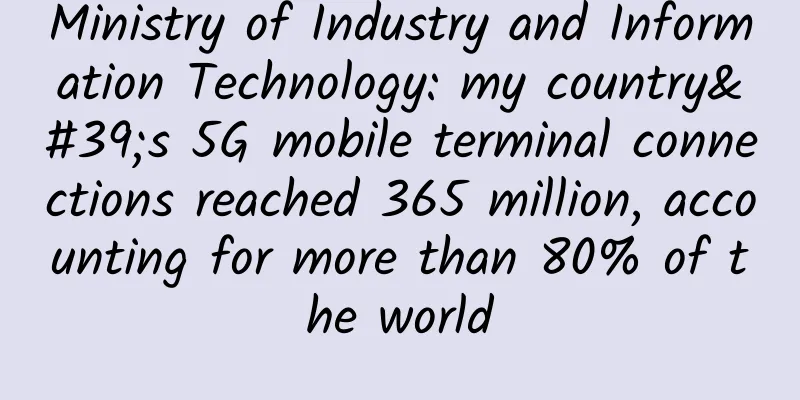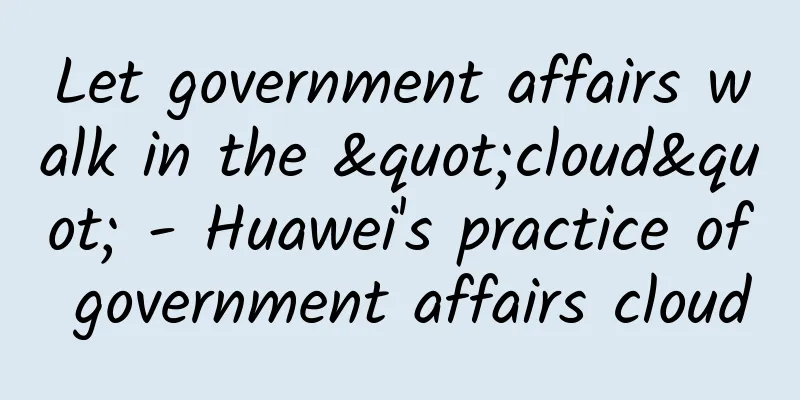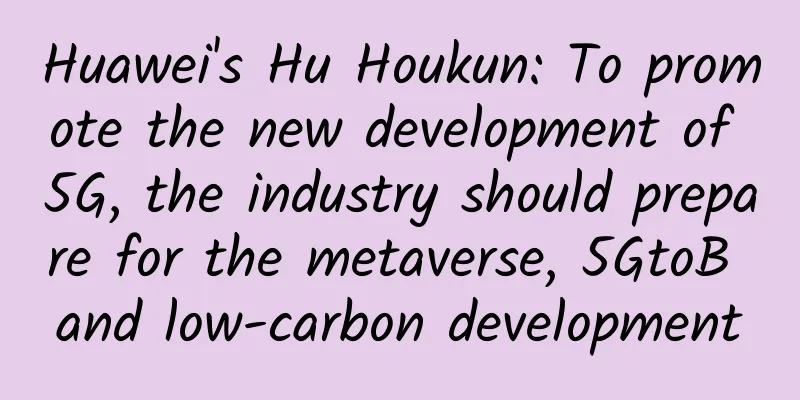The battle for power saving in 5G mobile phones

|
As of the end of 2020, 718,000 5G base stations have been built across the country. However, when operators look at the backend statistics, they find that although there are many package users, in fact most users do not seem to like using 5G that much.
According to analysis, only more than 40% of the 5G mobile phones on the current network use 5G, and nearly 60% are still using 4G. The actual utilization rate of 5G network is less than 3%! The main reason for all this is: using 5G, the mobile phone consumes too much power! 5G base stations are turned on but no one is using them. Not only do grassroots operators have to watch their electricity bills go to waste, they are also facing strict assessments of 5G retention rates. It's really too difficult! Then, this weird thing happened: "An operator in the south requires employees to use 5G to consume 10G of traffic every day, and those with low compliance rates will be criticized throughout the company." Why do 5G mobile phones consume so much power? How much battery does a 5G phone consume?There are many reasons for this, including the 5G network and the mobile phone itself. The bandwidth of a 5G cell can support 100M, which is five times that of 4G. This will undoubtedly increase the workload of the 5G mobile phone baseband and RF module, resulting in increased power consumption. 5G mobile phones generally support 4 downlink antenna reception, while most 4G mobile phones only support 2 downlink antenna reception. As the number of receiving antennas increases, power consumption also increases. In addition, 5G mobile phones also support 2 uplink antenna transmission, while 4G mobile phones only support single antenna transmission. The increase in transmitting antennas will also cause power consumption to increase. If in NSA mode, the mobile phone needs to perform dual connections and maintain communication links with 4G and 5G base stations at the same time, which increases resource consumption and power consumption. In addition, we are still in the early stages of 5G, the industry chain is not mature enough, and the design, architecture, and technology of mobile phones and chips need to be improved, resulting in relatively high energy consumption.
Huawei's rotating chairman Xu Zhijun once said: "The power consumption of 5G mobile phone chips is about 2.5 times that of 4G." It is estimated that 5G mobile phones consume about 20% more power than 4G phones. How do operators save battery on mobile phones?Saving power on mobile phones is not only a concern for users, but also a responsibility that operators cannot shirk. Otherwise, if no one is willing to use 5G, how can we make money? There are three main ideas: BWP, DRX, and flexible 4G and 5G according to business. The full name of BWP is Bandwidth part, which means partial bandwidth. Although 5G has a large bandwidth, users do not download at full speed 24 hours a day. I don’t need such a high speed to chat on WeChat and browse the web. 100M bandwidth is too large, so taking out a part of it is enough. This is the origin of BWP. The base station can be configured with multiple BWPs of different bandwidths, which are adjusted dynamically according to the business needs of the mobile phone: if the traffic is large, a larger bandwidth will be allocated to you; if the traffic is small, a smaller bandwidth BWP will be allocated to you. In this way, the mobile phone will save a lot of power. The full name of DRX is Discontinuous Reception, which means discontinuous reception. When the mobile phone is idle, it does not need to be online all the time, and it will enter the sleep state periodically. After a short nap, it will wake up and see that there is nothing to do, then it will go back to sleep, and the cycle will repeat. Even when transmitting data, the phone can take a nap. In this way, although the upload or download delay will increase, users are not so sensitive to this, and the power is actually saved. The last point: flexibly choose 5G or 4G according to the business. What you are doing on your phone, in fact, the network knows it clearly. If it finds that you are browsing Weibo, the experience of using 5G is no different from that of 4G, and you can simply be instructed to migrate to 4G; if you are downloading movies at high speed, you can stay in 5G. In this way, not only will mobile phones save power, but fewer people will use 5G base stations. Operators can save power by completely turning off 5G base stations when no one is using them. This method is good, but it is somewhat contrary to the operators' recent goal of increasing 5G retention rate. Therefore, it should only be considered when it is late at night and you feel that turning on 5G base stations consumes too much power. How can a mobile phone save power?The first thing mobile phone manufacturers need to do is to increase the battery capacity. Today's flagship phones are not worth the price if they don't have a battery of more than 4500mAh; many low-end and mid-range phones that focus on battery life even have a battery capacity of more than 5000mAh. Then, people are highly dependent on mobile phones, and various apps are greedy for traffic. Under the catalysis of the ultra-large bandwidth of 5G networks, no matter how high the battery capacity is, it is ultimately a drop in the bucket. Therefore, both Android and Apple phones have launched the "Smart Network Selection" function, which allows the phone to automatically choose to use 5G or 4G according to the user's business needs, which is exactly the same as the "Flexible Selection of 5G or 4G" function launched by the operators mentioned above. Huawei calls this feature "5G power saving mode". Apple calls it "Automatic 5G." Users have no obvious perception of the impact of this function, but operators are not very happy. Isn't this making decisions for me and the users? It makes it even more difficult to improve the 5G network retention rate! When will the battle for mobile phone power saving end?The battle for power saving in 5G mobile phones is being fought silently in the palms of your hands. It may be too difficult to make a breakthrough in battery technology in the short term, and the popularization of fast charging can also reduce our anxiety about mobile phone battery life. Looking back to the 2G era 20 years ago, mobile phones could only make calls and send text messages. Manufacturers often used ultra-long standby time as a selling point, and we firmly believed that charging once every three to five days was a matter of course. Ten years ago, the tide of history swept us into the era of smartphones. 3G and 4G catalyzed the rapid development of mobile Internet. Various mobile phone applications emerged in an endless stream. We have long been accustomed to charging every day, or even several times a day. To this day, the reason why we still find it difficult to get over the fact that "5G consumes too much power" is essentially because 5G's killer applications have not yet appeared, and the revolution in the evolution of 5G mobile phones has yet to emerge. By then, our lives will be deeply integrated with 5G. What to do if the battery is out? Just charge it! |
<<: Saudi Arabia's 5G construction is developing rapidly
>>: The interviewer asked about the ZAB protocol right away, and I was trembling...
Recommend
Mini Program Dependency Analysis Practice
[[350074]] Students who have used webpack must kn...
5G reveals three aspects of value in eliminating educational anxiety and chronic diseases
Education is a national priority, and it is vital...
IPv4 scarcity threatens Internet development
RIPENCC, the regional internet registry for Europ...
Cloud desktop helps Internet diagnosis and treatment to accelerate!
On August 27, the "Sincerity, Diligence, and...
5G service routines for users have caused consumers to have more doubts about 5G
While the industry has painted many bright prospe...
China's Ministry of Industry and Information Technology: 2017 marks the first year of large-scale commercial use of the Internet of Things
Since the international standards were finalized ...
OneDNS: Building the first line of defense for enterprises with SaaS-based DNS security services
With the increase in remote office and branch off...
RackNerd: $194/month cluster server-E3-1240v3/16GB/1TB/30TB/237IP/Los Angeles and other data centers
We have shared information about RackNerd many ti...
[11.11] Justhost offers a 30% discount for a limited time, with 22 data centers available in Russia, the United States, Singapore, etc.
Justhost.ru has released a limited-time discount ...
VMISS 20% off, Los Angeles CN2 GIA/AS9929/Hong Kong/Korea/Japan VPS monthly payment starts from 4 Canadian dollars
VMISS is a foreign hosting service provider regis...
Understanding HTTP/1, HTTP/2, and HTTP/3 in one article
1. HTTP1.1 and HTTP2 1. HTTP1.1 flaws High Latenc...
Why ordinary users don’t feel the 3rd anniversary of 5G license issuance
As of April this year, the total number of 5G bas...
Revealed: What secrets does the extra 1G of 5G contain compared to 4G?
With the continuous development of communication ...
Connecting the industrial ecosystem, 5G accelerates the empowerment of thousands of industries
As the saying goes, a single tree cannot make a f...
Yunnan Telecom will gradually shut down its 3G network starting June 1
Yunnan Telecom recently issued an announcement st...







![[CyberMonday] DediPath Los Angeles VPS 50% off starting at $10/year, dedicated server starting at $45/month](/upload/images/67cac46c0d826.webp)

